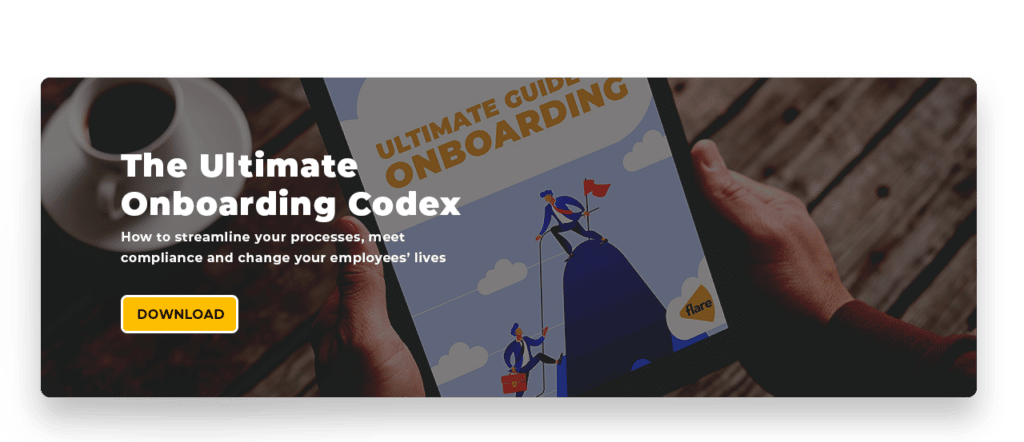If your workforce is made up for contractors, how do you keep them engaged and keep them on board? They’re more flexible in how they work, and they’re hugely valuable, so it’s important that you don’t lose touch with them. When you’re able to keep contractors engaged, energised and interested, your key assets are ready for activation.
The lesson you learn from building a great contractor list is that you have to take care of contractors before they get too bored and go elsewhere. Your people are constantly talking to other contractors about what they’ll be working on next. They’re in demand, and they’re already on the look for the next big project.
We’ve been talking to companies that have used Flare in the past to get some insights into how they keep their contractors engaged in the long term – here are some of our key insights!
The major key:Perks and Benefits
The most important engagement tool is your employee perks and benefits program. You have to make sure you’re offering something unique and valuable that can help you to build an extra bridge between you and your contractors.
You can also consider how your employee perks contribute to making sure that you’re not losing contractors to competition. Money isn’t always the answer to everything, and where you can provide better alternatives than just a pay check, you’re far more attractive as a hirer. If you’re losing contractors to competitors and you’re looking for a way to preserve your workforce, it might be better to consider taking advantage of these advantages and create “special deals” for employees.
What are the perks that employers pay their employees to make them happy? If you’re thinking about expanding your business, you should consider taking advantage of employee perks like gift cards, free gym membership, and free coffee.
One of the most popular companies that offers contractor perks is Amazon. In 2016, the company increased the amount of perks of its employees through a promotion for employees participating in a new employee-led initiative called “Prime.” Amazon says it aims to reduce attrition by creating a unique mix of memberships that focus on employee culture.
Amazon perks vary with location, but can range from free meals and gifts to free travel. It’s a game changer for their contractors. Many labour hire companies here in Australia do use Flare’s benefits platform to activate and engage their contractors – you can find out more here:

2. Make them a part of the project
This can be one of the most difficult and most important mistakes you could make in building a great contractor workforce. You’re almost always talking to your customers about how you are a great company making something cool. They trust your word, they are confident in what you do, and they’re ready to back you.
But how often do you make that sell to your contractors in a way that makes them feel like they’re a part of the mission and a part of the journey? There’s something to be said for a shared purpose, and it can make a difference even when you’re collaborating with flexible staff. Contractors still want to be a part of something bigger, and contribute to work that they’re proud of, and you can make that happen.
3. Maintain a training program
Some organisations keep up a happy relationship with their contractors by having a regular, ongoing training program that helps the contractors stay qualified and allows the company to keep up a healthy relationship.
Having a training program like this online, onsite or at a location where you’re a good fit for your workforce can go a long way. You’ll be amazed at how much more effective your contractor engagement is when you’re offering value like that. Keep in mind that your entire workforce is a partner with you in your training program – you both get the rewards!








